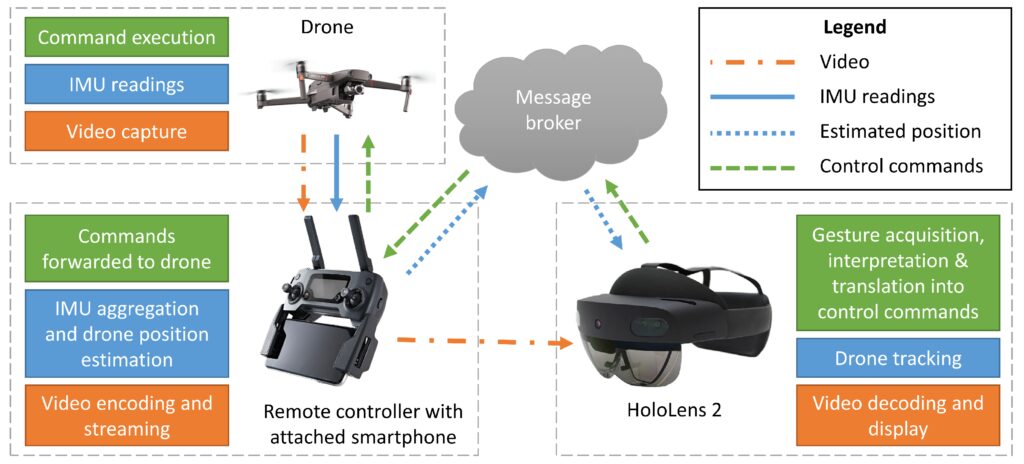This article provides a step-by-step guide to game design, from conceptualization to execution. The first step is to define a game concept by determining the type of game, its story, objectives, and gameplay mechanics. After that, a game design document should be created, including game overview, level, audio and visual design, and marketing and monetization strategies. The third step involves choosing a game engine and appropriate tools, while the fourth step is creating game assets that align with the game’s style and theme. The game mechanics, gameplay, and user testing are developed in the fifth and sixth steps, respectively, and the final step involves polishing the game details to improve its overall quality.
A Step-by-Step Guide to Game Design: From Conceptualization to Execution
Introduction
The process of creating a game can be a daunting task, especially for beginners. However, with a clear understanding of the steps involved, anyone can create an engaging and memorable game. In this article, we will provide you with a step-by-step guide to game design, from conceptualization to execution.
Step 1: Define Your Game Concept
Every great game starts with a concept. A concept is the central theme or idea of the game, and it will set the tone for everything that follows. To define your game concept, you should ask yourself the following questions:
- What kind of game do I want to make? (e.g., puzzle, adventure, RPG)
- What is the story behind the game?
- What are the goals and objectives of the game?
- What kind of gameplay mechanics will be used in the game?
Step 2: Create a Game Design Document
Once you have defined your game concept, the next step is to create a game design document. This document is a detailed description of your game, and it will serve as a roadmap for the rest of the development process. A game design document should include:
- Game Overview
- Storyline
- Characters and NPCs
- Gameplay Mechanics
- Levels and Environments
- Audio and Visual Design
- Marketing and Monetization Strategy
Step 3: Choose Your Game Engine and Tools
A game engine is a software framework that developers use to create video games. There are many game engines available, each with unique features and capabilities. Some of the most popular game engines include Unity, Unreal Engine, and Godot. When selecting a game engine, consider factors such as the type of game you’re creating, your level of experience with game development, and the resources available to you.
Once you have chosen your game engine, you must select the appropriate tools for developing your game. These tools may include art and animation software, audio editors, and level editors.
Step 4: Create Your Game Art and Assets
Video games are a visual medium, and therefore, creating high-quality art and assets is crucial to the success of your game. Art and assets may include character designs, environments, animations, and visual effects. It’s important to ensure that your art and assets align with your game’s overall style and theme.
Step 5: Develop Your Game Mechanics and Gameplay
Game mechanics are the rules and systems that govern how the game is played. Mechanics may include movement, combat, puzzle-solving, and resource management. As you develop your game mechanics, be sure to balance them to provide the right level of challenge and engagement for your players.
Step 6: Test, Test, Test
Testing is a critical step in the game development process. It allows you to identify and address any bugs, glitches, or imbalances in your game. Testing should be done throughout the development process, and involve both internal and external testers.
Step 7: Polish Your Game
Once you have completed the development and testing of your game, it’s time to start polishing. This involves making small adjustments and improvements to different aspects of your game, such as the user interface, audio, and visual effects. Paying attention to the small details can make a big difference in the overall quality of your game.
Conclusion
Developing a video game requires a lot of hard work and dedication. However, by following the steps outlined in this article, you can create a game that is both engaging and memorable. Remember, game development is a continuous process, so don’t be afraid to make changes and improvements as you go along. Happy game-making!
